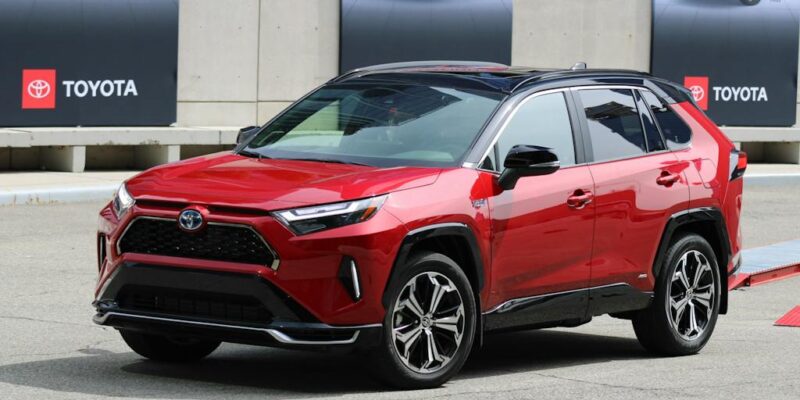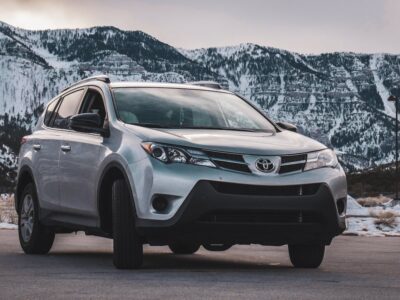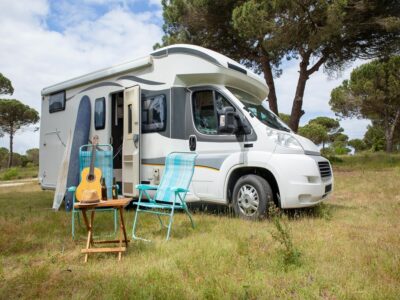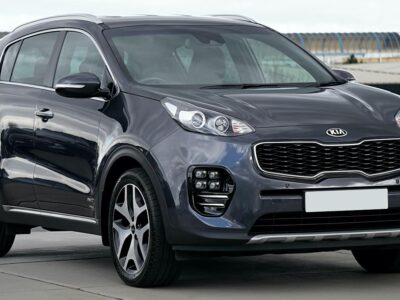Understanding Car Insurance Coverage for Older Vehicles

As cars age, their value decreases, and so does the type of insurance coverage you might need for them. Understanding what kind of coverage is necessary and beneficial for older vehicles can save you money while still providing adequate protection. Here’s what you need to know about car insurance for older vehicles.
Do You Still Need Full Coverage?
Full coverage insurance typically includes comprehensive and collision coverage, which pay for repairs or replacements in case of damage to your car. However, for an older car, this may not be cost-effective. If the value of your car is low, paying for full coverage might not be worth it. For instance, if your car is only worth a few thousand dollars, the cost of full coverage over time could exceed the value of the car itself. In this case, it may make sense to switch to liability-only coverage, which is usually cheaper and provides protection if you are responsible for an accident.
Consider Liability-Only Coverage
Liability insurance is mandatory in most states and covers damage to other people’s property and medical expenses if you are at fault in an accident. For older vehicles with lower market value, liability-only coverage is a popular option because it reduces the overall insurance premium while meeting legal requirements. However, it’s important to evaluate whether you can afford to repair or replace your car out of pocket in case of an accident if you decide to drop comprehensive and collision coverage.
Personal Injury Protection and Medical Payments
For older cars, it’s also essential to evaluate the need for personal injury protection (PIP) or medical payments coverage. These cover medical expenses for you and your passengers after an accident, regardless of who is at fault. Since medical bills can be significant, keeping this type of coverage is generally a good idea, even if you’re driving an older vehicle. Consider your personal health insurance coverage as well, as it can affect how much PIP or medical payments coverage you need.
Uninsured and Underinsured Motorist Coverage
Uninsured and underinsured motorist coverage is highly recommended for all drivers, regardless of the vehicle’s age. This coverage protects you in case you’re hit by a driver who doesn’t have enough insurance to cover your damages. It’s especially important for older cars, as these vehicles might be more vulnerable to damage in a collision. This type of coverage ensures you won’t be left paying out of pocket if the other driver is underinsured or uninsured.
Gap Insurance Isn’t Necessary
Gap insurance covers the difference between what you owe on your car loan and its current value if your car is totaled in an accident. However, gap insurance is only relevant for newer cars with financing. If you own an older vehicle outright, or if the loan amount is much lower than the car’s current value, gap insurance is not necessary. Dropping gap insurance can reduce your premium and is a wise move for older cars that no longer need this coverage.
Roadside Assistance Coverage
Older vehicles may be more prone to breakdowns, so you might want to consider adding roadside assistance to your insurance policy. This coverage typically includes towing, flat tire changes, and emergency fuel delivery, which can be helpful if your older car leaves you stranded. Many insurance companies offer this as an add-on for a small fee, and it’s worth considering for peace of mind, especially if your vehicle has high mileage.
Classic Car Insurance
If your older vehicle is considered a classic car, special insurance may be necessary. Classic car insurance is designed for vehicles that are older but well-maintained and often hold more value than the average used car. The coverage is usually more comprehensive than standard auto insurance and may include protection for modifications, restorations, and a higher agreed value for the vehicle. If you own a car that qualifies as a classic, it’s important to research this type of insurance to ensure you get the best protection.
In summary, when it comes to insuring an older vehicle, the key is balancing adequate protection with cost savings. By understanding the different types of coverage and assessing your vehicle’s value, you can make informed decisions that meet your needs without overpaying for unnecessary insurance.










